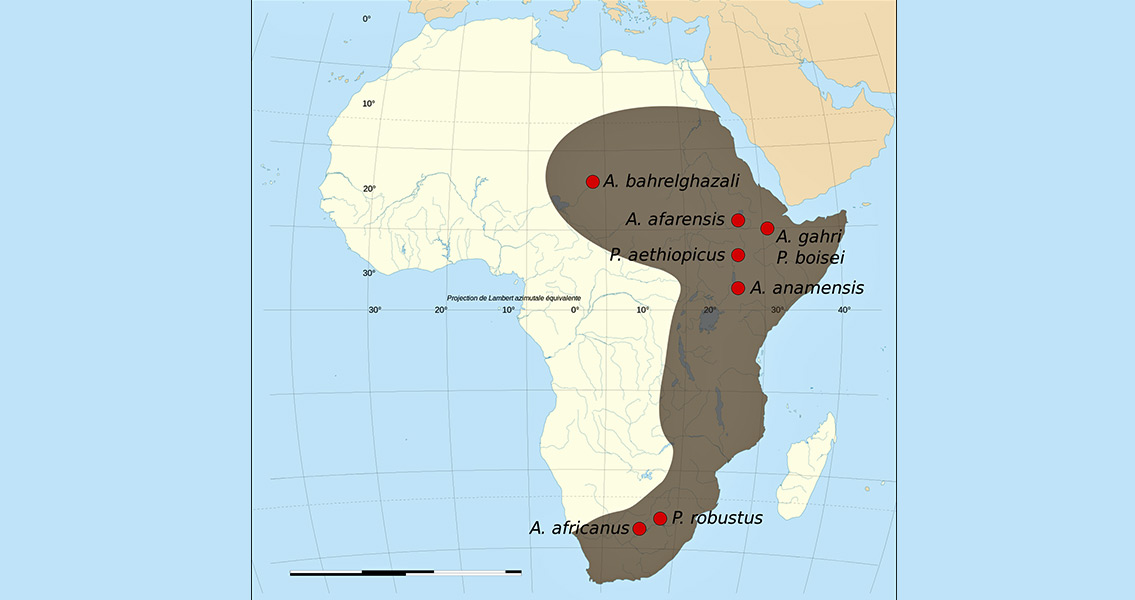<![CDATA[An exhaustive research study spearheaded by archaeologists and anthropologists from Emory University has declared that a pair of 3.4 million year old bones discovered at an Ethiopian dig site bear marks which were definitely not caused by trampling, and could very well be signs of butchery. The research findings, which were recently published in the Journal of Human Evolution, clearly rule out trampling according to Emory University assistant Anthropology Professor and study lead author Jessica Thompson. In a press release published by the university, Thompson said that the closest match “would be butchery with stone tools,” though she did specify that this determination was made only with the data currently available. The two bones in question – a rib originating from an animal around the size of a buffalo and a long bone from what could have been a medium-sized antelope – bear a dozen marks that seem to be evidence of both percussion strikes and purposeful cutting. According to the anthropologist, the bones bear all the hallmarks of being hit multiple times with what Thompson characterized as “enormous force.” This new research paper comes out in support of a 2010 research study on the bones in question that was the first to suggest that the animals had been butchered by stone tools. At the time, the claim was controversial as it back-dated the ability for humans to butcher large animals using stone tools an additional 800,000 years. These claims were refuted the following year when a follow-up study appearing in the Proceedings of the National Academy of Sciences made the counter-argument that the marks on the bones were caused by being trampled by larger, still living animals – eventually prompting arguments between researchers in the two warring camps. In order to build an ironclad argument, Thompson and her colleagues took samples of more than 4000 bones discovered in the same sedimentary deposits, taking careful note of the more than 450 marks these various bones had on them, comparing them to the marks on the two anomalous specimens and also to marks caused by experimental techniques. Thompson remarked that the scientific community has a burning desire to understand how these marks were formed, especially since one of the most integral questions to ask about human evolutionary development is when our ancestors began to eat meat – one of the commonly accepted precursors to brain growth on an evolutionary level. This is part and parcel of the kinds of research in which the anthropologist specializes, studying what happens to bones after the animal is no longer alive. Thompson remarks that fossilized bone remains have stories to tell, if only the key to understanding those stories can be unlocked by researchers. For more information: www.sciencedirect.com Image courtesy of Wikimedia Commons user: Kameraad Pjotr ]]>
3.4 Million Year Old Bones Bear Butcher Marks
